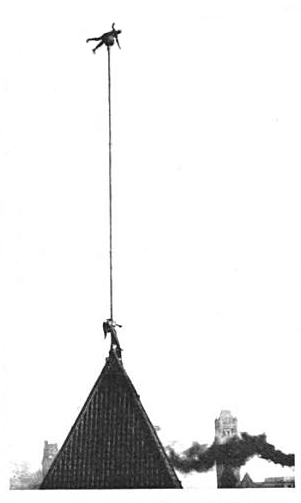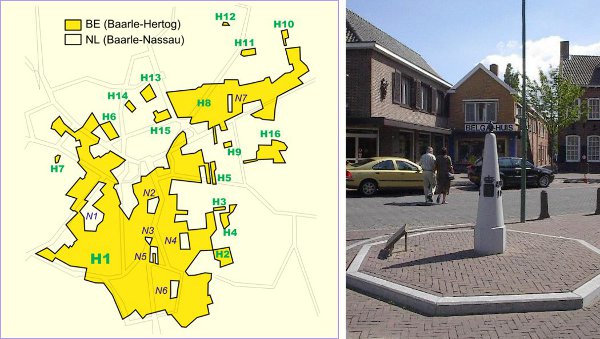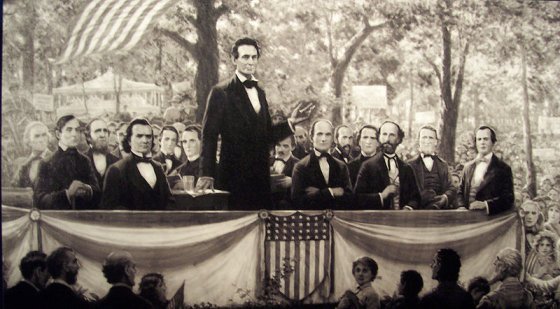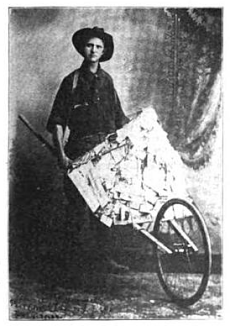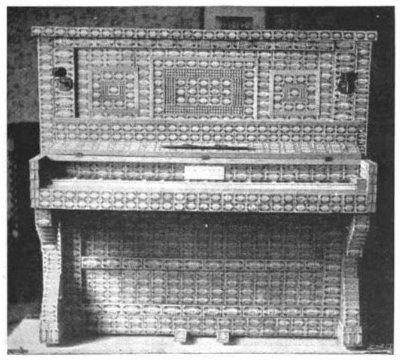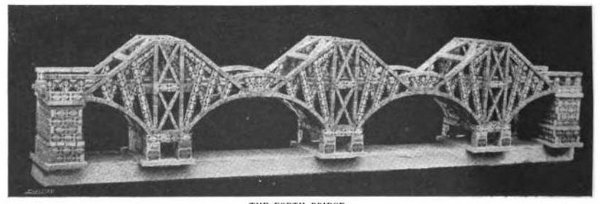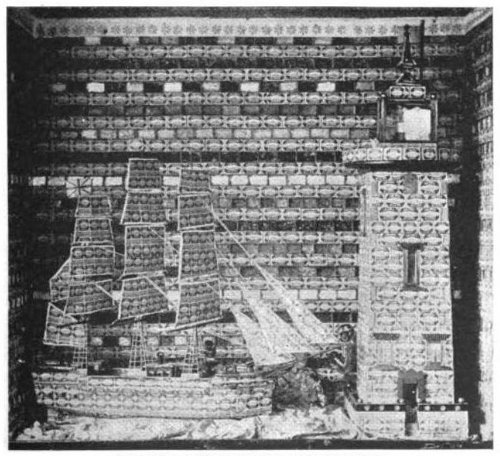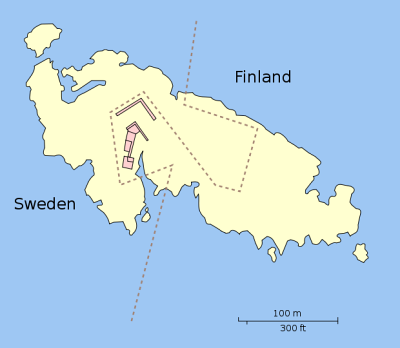TOPEKA, Kan., Nov. 17.–The story of a wonderful phenomenon comes from Rossville, a little town nineteen miles west of Topeka on the Union Pacific. For nineteen days, it is said, rain fell incessantly on the orchard belonging to H. Klein, a prominent Rossville resident.
This orchard is in the town, and is bounded on the east by Mr. Klein’s residence, on the other three sides by lines of fences shutting off cultivated fields. The rain did not fall outside of Mr. Klein’s premises, but for nineteen days there was no intermission in the fall, and it was only stopped by the present cold snap. What caused this persistent rain over one orchard, when other orchards in the immediate neighborhood were needing water and not getting it, is puzzling the people of that village. Several hundred people witnessed the phenomenon, and the rainfall is the local sensation at Rossville.
— New York Times, Nov. 18, 1891

